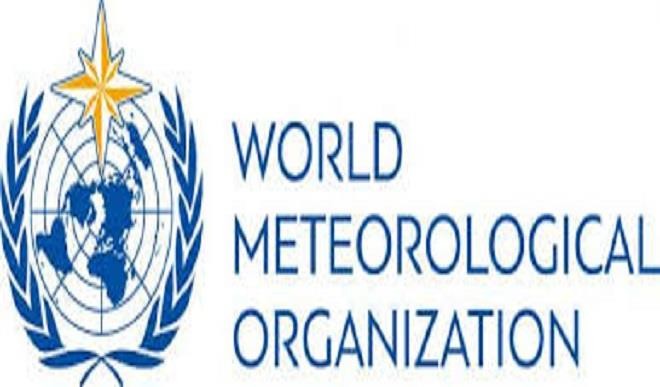2024 on track as hottest year on record — World Meteorological organisation
A new report released by the World Meteorological Organisation (WMO) has shown that this year is on track to be the hottest on record, as warming “temporarily hits” 1.5°C above pre-industrial levels as against what was experienced in 2023. This was contained in a WMO report released on the first day of the UN Cop […]

A new report released by the World Meteorological Organisation (WMO) has shown that this year is on track to be the hottest on record, as warming “temporarily hits” 1.5°C above pre-industrial levels as against what was experienced in 2023.
This was contained in a WMO report released on the first day of the UN Cop 29 climate summit, in Baku, Azerbaijan, showing that the world is experiencing an unprecedented warming.
The WMO based its report on six international datasets. EU earth-monitoring service Copernicus, one of the services that WMO uses said last week that 2024 was “virtually certain” to be the hottest year on record.
It said the global average temperature in January-September was 1.54°C above pre-industrial levels.
- Niger enrols 100,000 retirees, vulnerable children in health insurance
- 16 manufacturing firms lost N792bn to naira depreciation – MAN
While noting that the Paris climate agreement seeks to limit global warming to “well below” 2°C above pre-industrial levels, and preferably to 1.5°C, the WMO said the past 10 years, from 2015-24, have been the warmest on record but “one or more individual years exceeding 1.5°C does not necessarily mean that [the Paris Agreement’s 1.5°C goal] is out of reach.”
The WMO said although the Paris Accord does not give a specific timeframe, the breaching of warming levels “should be understood as an exceedance over an extended period, typically decades or longer.
“An initial indication from a WMO-established team suggests that long-term global warming is “likely to be about 1.3°C compared to the 1850-1900 [pre-industrial] baseline,” the report said.
WMO secretary-general, Celeste Saulo, said even so, every fraction of a degree of warming matters and every additional increment of global warming increases climate extremes, impacts and risks, and ocean warming rates show a particularly strong increase in the past two decades.
“Ocean heat content in 2023 was the highest recorded, while data show that 2024 has continued at comparable levels. Oceans absorbed around 3.1mn TWh/yr of heat in 2005-23. Of the energy that accumulates in the earth’s system, around 90pc is stored in the ocean, so its warming is expected to continue. This is “irreversible on centennial to millennial timescales,” she stated.
The report stressed that the rise in global temperature is turbo-charged by ever-increasing greenhouse gas (GHG) levels in the atmosphere.
The WMO said concentrations of the three key elements – GHGs, CO2, methane and nitrous oxide – reached record high observed levels in 2023 and measurements suggest that they will be higher in 2024.
He added that the levels of CO2 stood at 420 parts per million in 2023, 51pc above pre-industrial levels, and methane at 1,934 parts per billion, 165pc higher than pre-industrial levels.
The WMO report stresses the urgent need to limit warming and strengthen global climate resilience.
Saulo, who maintained the need to reduce global warming, pointed at the importance of climate monitoring to achieve the Paris Agreement goals.
Speaking, the UN Climate Chief, Simon Stiell, following the WMO report, told negotiators at COP29 in Baku that setting an ambitious new climate finance target is crucial for the well-being of all nations, including the wealthiest and most powerful.
Steill said: “Let’s dispense with any idea that climate finance is charity;” runaway climate change is impacting “every single individual in the world one way or another.”
His strong call to action kicked off the latest round of UN climate talks, which will run in the Azerbaijan capital of Baku from Monday, 11th through 22 November.
He gave examples of why a new deal on climate finance is so critical, saying that every country would pay a terrible price if at least two-thirds of the world’s countries cannot afford to rapidly reduce their emissions.
“Moreover, the entire world economy could collapse if countries are unable to strengthen their supply chains in the face of rising costs linked to climate shocks, such as falling water levels in the Panama Canal, which had a dramatic impact on shipping volumes.”
